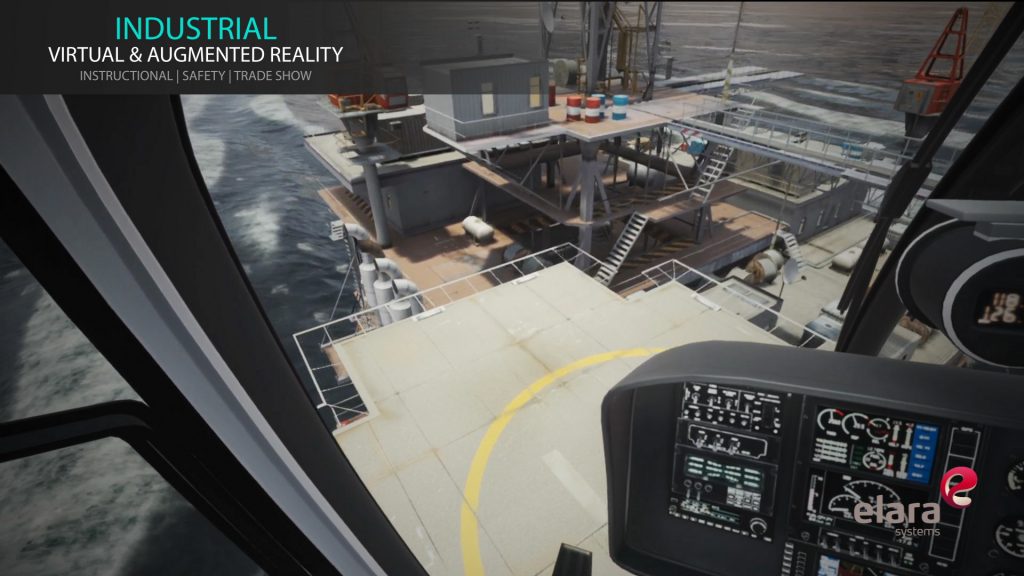Industrial VR Animation Services

Industries are Embracing Virtual Reality
Virtual Reality (VR) was initially associated with gaming but is now widely used in various industries. With the advancement in technology, virtual reality training is now possible. The technology is currently being used in job training or when introducing an audience to a new experience or concept. Below are some of the industries that have embraced VR.
The Health Sector
Virtual reality has become a common technology used in the health sector. To understand the behavior of the patients, especially in cognitive behavior therapy, exposure to simulations aid psychiatrists in understanding and recommending the best treatment for their patients. Patients who are facing social anxiety, public speaking, or phobias, like height, are put in a controlled environment by the use of VR to help them face and cope with their fears. The VR technology is able to pick up brain nerve inputs by the use of sensors to give patients control in a virtual setting, which can be translated into the real world.
The Entertainment Industry
One of the broadest fields where VR is currently in use is entertainment. The traditional gaming experience has been brought to life by the use of virtual reality. Gamers are now in a position to feel and are part of a game by creating a ‘real-like’ effect when playing. The movie industry has also embraced the use of VR by the use of apps that make it possible for users to watch movies with an illusion of a deserted movie theatre.
The Education Sector
VR technology has revolutionized how training is being carried out. There are various uses of VR in the education sector from pilots, to engineers. The younger generation has not been left behind. In the classroom, students can use VR to visit game parks or challenge each other on games. VR has also played a significant role in educating children with special needs.
The Automobile Industry
In the automotive industry, various companies are currently using VR to give their potential clients a feel for their vehicles. A company like Ford Motor Company, for example, is using VR to give customers an experience of their cars without the need of spending time in making a physical prototype for their new models. When an idea of the perfect vehicle arises, automobile companies can convert it into VR without the need of keeping their customers waiting until they introduce their first physical model. Clients can have the complete feel of their potential cars in regard to performance, exterior and interior, and night experience through the use of headlights.
Skilled Trades
Some skills require testing and re-testing before coming up with the perfect design. Professionals in the metal fabricating industry, for example, will conventionally need to test various configurations using physical metal to come with the most reliable model. These practices take a lot of time and materials which increase the cost of production. Using virtual reality training, however, cuts material costs and the exercise can be repeated as many times as possible until a perfect model is realized, without worrying about costs, although it is not intended to replace conventional training entirely.
The Finance Sector
In 2014, Wells Fargo was one of the first banks that began VR testing on its bank operations. This technology was aimed at giving their clients a ‘virtual entry to the company’s branches. Various companies have also launched their VR banking apps which offers their customers the ability to access their account transactions and activities in a VR setting. BNP Paribas was one of the banks that launched its VR app in June 2017. Many more financial sectors are expected to follow suit after realizing the significance of using technology in the banking world.
